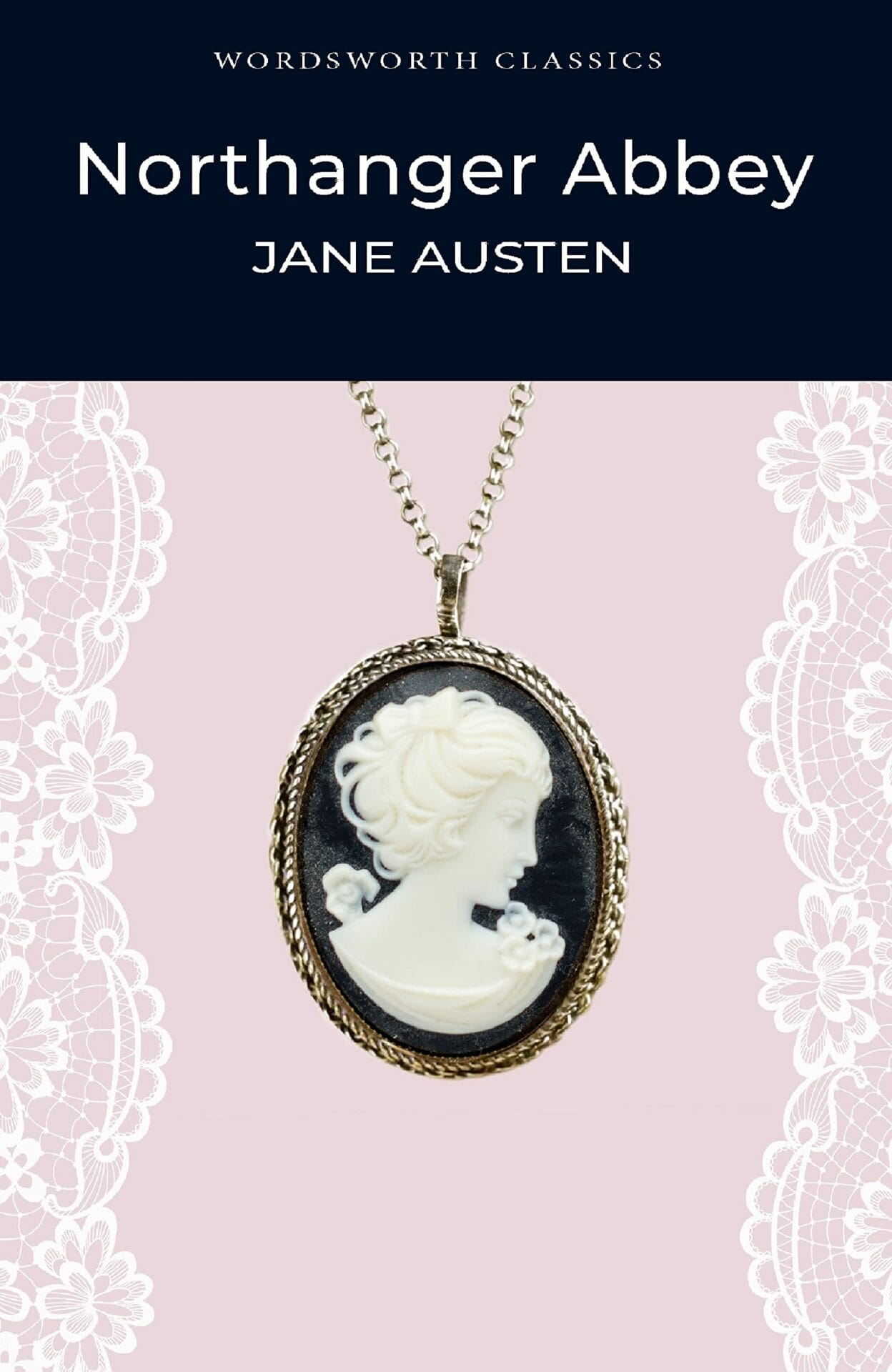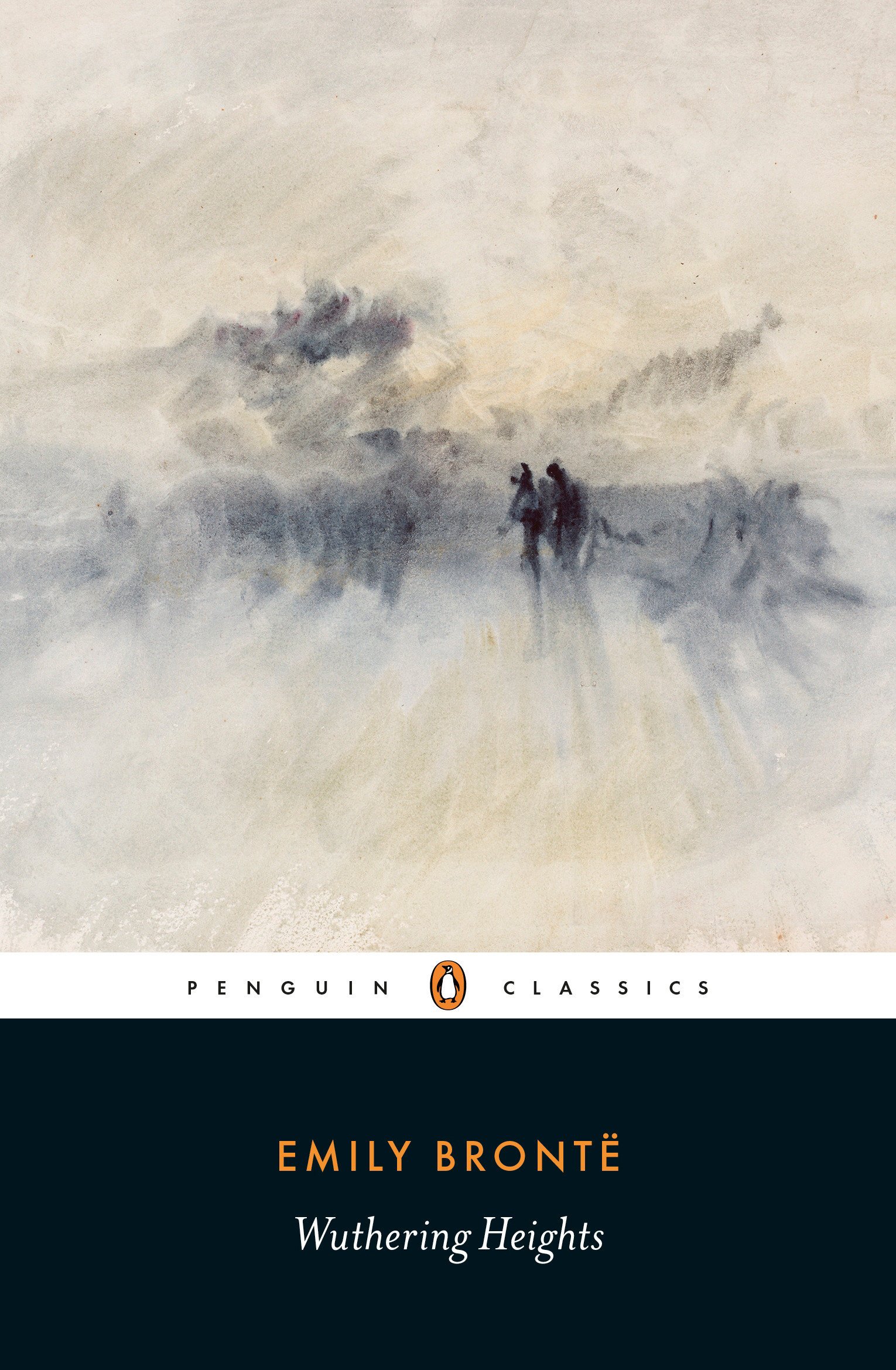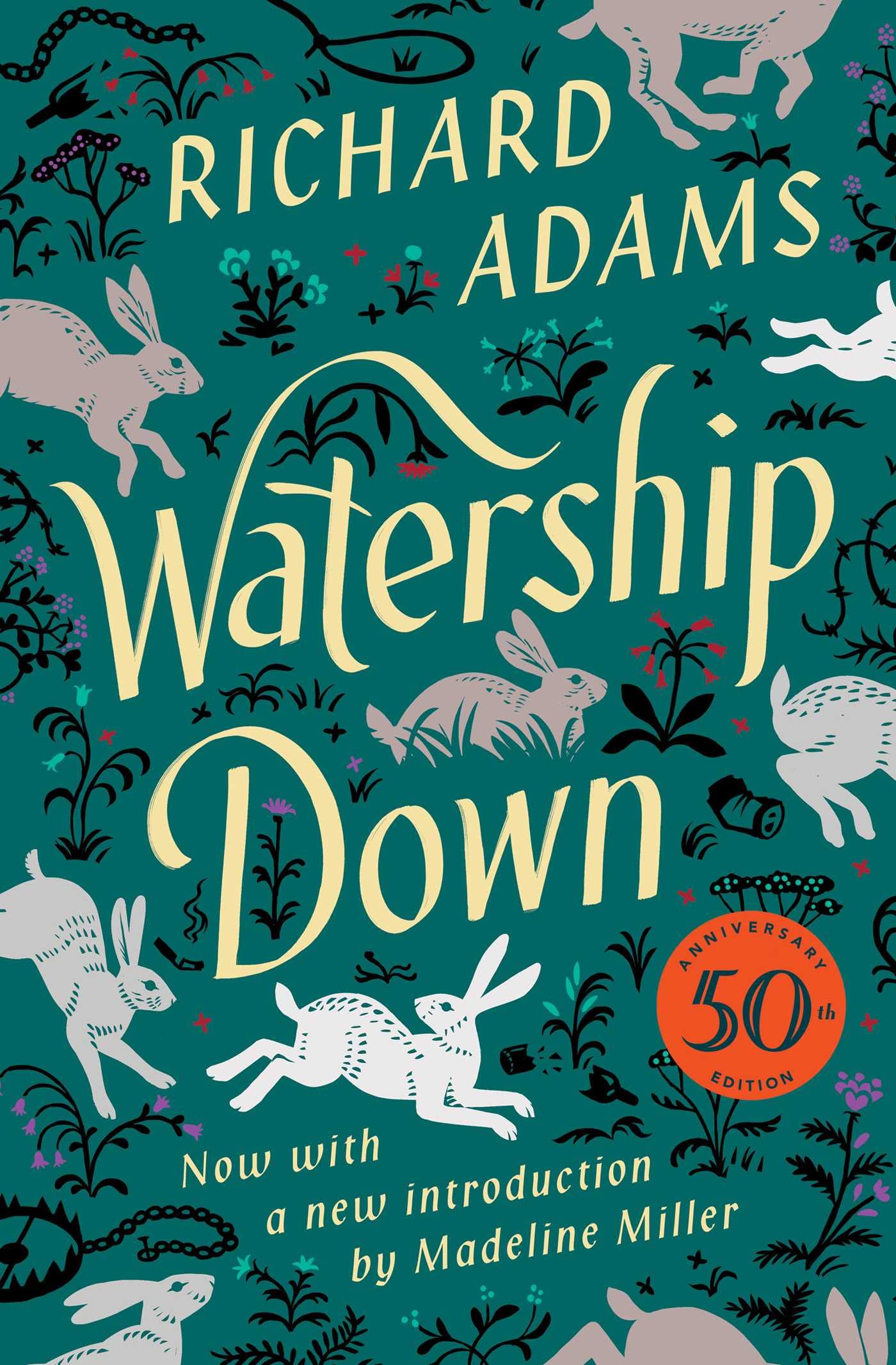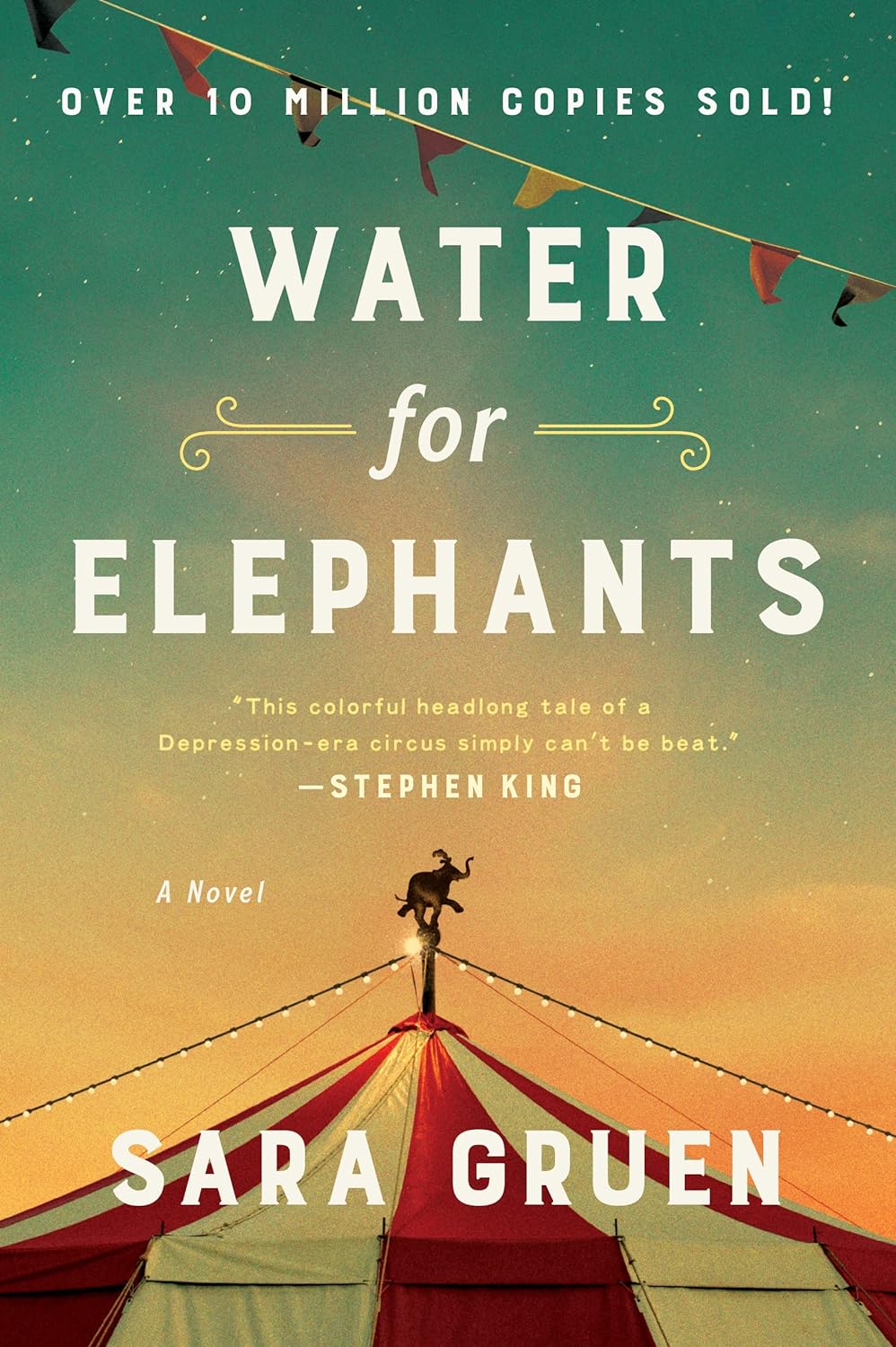Northanger Abbey by Jane Austen
Northanger Abbey by Jane Austen for Beginners
Let's Chat

About This Book
Introduction
Northanger Abbey is a fun and exciting book written by Jane Austen. It tells the story of a young girl named Catherine Morland and her adventures in a mysterious old abbey.
Review
In Northanger Abbey, Catherine Morland is a very curious and imaginative girl. She loves reading books, especially scary ones! Catherine gets invited to visit an old abbey called Northanger Abbey, and she is thrilled to explore its secrets. But as she explores, she starts to imagine all sorts of spooky things happening there. It’s like being in a real-life mystery!
Analysis
Northanger Abbey is a special book because it combines two genres: romance and mystery. It shows us that sometimes our imagination can make things seem scarier than they really are. Catherine learns that not everything is as it seems, and it’s important to think critically and not jump to conclusions. The book also teaches us about friendship and the importance of being true to ourselves.
About the Author
Jane Austen was a famous English writer who lived a long time ago, in the 18th century. She wrote many books that are still loved today. Austen’s stories often focus on the lives of young women and their experiences in society. She was known for her clever writing and her ability to create interesting characters. Northanger Abbey is just one of her many amazing works!
Remember, Northanger Abbey is a book that will make you use your imagination and keep you guessing until the very end. It’s a great choice if you love mysteries and stories about friendship. So grab a copy and get ready for an exciting adventure with Catherine Morland!
Northanger Abbey by Jane Austen for Advanced Learners
Let's Chat

About This Book
Introduction
Northanger Abbey is a novel by the renowned English author Jane Austen, published posthumously in 1817. The novel is a satirical coming-of-age story that also serves as a critique of the popular Gothic novels of the time. The story revolves around Catherine Morland, a young, naive girl who loves reading Gothic novels, and her experiences in Bath and Northanger Abbey, the home of the Tilney family.
Review
Northanger Abbey is a delightful read, filled with Austen’s signature wit and keen observations about society and human nature. The novel is a blend of social satire, romance, and parody of Gothic fiction, which makes it a unique entry in Austen’s body of work. The protagonist, Catherine Morland, is a charming and relatable character whose journey from innocence to self-awareness is portrayed with sensitivity and humor. The supporting characters, particularly the Tilney siblings and the manipulative Thorpe siblings, are well-drawn and contribute to the novel’s exploration of themes such as friendship, deceit, and the power of imagination.
The novel’s setting, particularly the titular Northanger Abbey, is described in vivid detail, creating an atmospheric backdrop for the story. The plot, while not as complex as some of Austen’s later works, is engaging and filled with unexpected twists. The novel’s ending, though somewhat abrupt, is satisfying and underscores the novel’s themes of self-discovery and the dangers of unchecked imagination.
Analysis
Northanger Abbey is a rich text for analysis, offering insights into Austen’s views on literature, society, and gender roles. The novel’s critique of Gothic fiction, represented by Catherine’s obsession with novels such as The Mysteries of Udolpho, serves as a commentary on the dangers of letting fiction distort one’s perception of reality. This theme is further explored through the character of John Thorpe, whose lies and manipulations are contrasted with the honesty and integrity of the Tilney siblings.
The novel also explores the social conventions and restrictions of Austen’s time, particularly those related to courtship and marriage. Catherine’s experiences in Bath, where she is exposed to the superficiality and deceit of high society, highlight the pressures faced by young women in the marriage market. The novel’s ending, in which Catherine marries Henry Tilney despite his lower social status, can be seen as a critique of the emphasis placed on wealth and social standing in marriage.
Finally, Northanger Abbey is notable for its exploration of the female experience. Catherine’s journey from naivety to self-awareness reflects the challenges faced by women in a patriarchal society, while her love of reading and active imagination challenge the stereotype of the passive, obedient female character.
About the Author
Jane Austen (1775-1817) was an English novelist known for her insightful and often satirical portrayals of English society. Her novels, which include Pride and Prejudice, Sense and Sensibility, and Emma, are considered classics of English literature. Austen’s work is characterized by its sharp wit, complex characters, and exploration of themes such as love, marriage, and social class. Despite her success as a writer, Austen lived much of her life in relative obscurity, and her identity as the author of her novels was not revealed until after her death.








